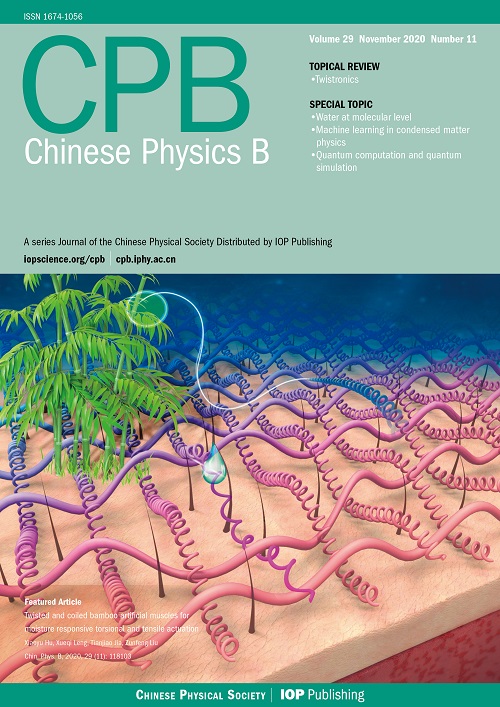We investigate the ground-state phases and spin textures of spin–orbit-coupled dipolar pseudo-spin-1/2 Bose–Einstein condensates in a rotating two-dimensional toroidal potential. The combined effects of dipole–dipole interaction (DDI), spin–orbit coupling (SOC), rotation, and interatomic interactions on the ground-state structures and topological defects of the system are analyzed systematically. For fixed SOC strength and rotation frequency, we provide a set of phase diagrams as a function of the DDI strength and the ratio between inter- and intra-species interactions. The system can show rich quantum phases including a half-quantum vortex, symmetrical (asymmetrical) phase with quantum droplets (QDs), asymmetrical segregated phase with hidden vortices (ASH phase), annular condensates with giant vortices, triangular (square) vortex lattice with QDs, and criss-cross vortex string lattice, depending on the competition between DDI and contact interaction. For given DDI strength and rotation frequency, the increase of the SOC strength leads to a structural phase transition from an ASH phase to a tetragonal vortex lattice then to a pentagonal vortex lattice and finally to a vortex necklace, which is also demonstrated by the momentum distributions. Without rotation, the interplay of DDI and SOC may result in the formation of a unique trumpet-shaped Bloch domain wall. In addition, the rotation effect is discussed. Furthermore, the system supports exotic topological excitations, such as a half-skyrmion (meron) string, triangular skyrmion lattice, skyrmion–half-skyrmion lattice, skyrmion–meron cluster, skyrmion–meron layered necklace, skyrmion–giant-skyrmion necklace lattice, and half-skyrmion–half-antiskyrmion necklace.


